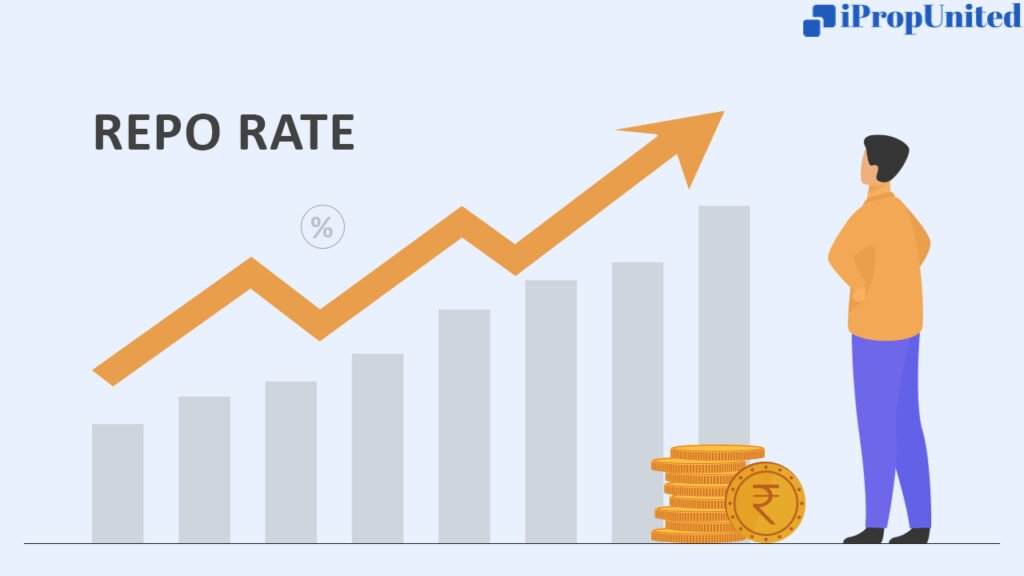The repo rate, which is determined by the Reserve Bank of India (RBI) as the Central Bank’s lending rate to nationalized and private banks in times of funding scarcity, is subject to fluctuate based on market conditions and has a big impact on consumer purchasing power. However, what effect does the repo rate have on a homebuyer’s home loan installment? Let us find out!

In all countries, the government in charge controls the amount of money in circulation. In India, this authority is vested in the Reserve Bank of India (RBI), which has the power to determine the lending rate (cost of credit)—that is, the rate at which money is endorsed to a borrower. The RBI, as the nation’s central bank, does not lend money to the general public; rather, it serves as a financing institution that allows the country’s commercial banks to carry out their necessary functions. The rate at which the RBI lends money to the banks is referred to as the repo rate.
How does RBI control the lending mechanism through Repo Rate?
If there is a lack of funds, commercial banks can borrow from the RBI to make sure that the funds are easily accessible to end users. In this case, the RBI lends money to the commercial bank based on the repo rate, which is currently 6.50 percent in India. The rate is subject to market fluctuations and has impact on the buyer’s purchasing power.
For example, if the repo rate is higher, the commercial banks borrow less from the RBI, which lowers the amount of money available for consumption. If the rate falls, however, commercial bank borrowings increase, ensuring better money circulation in the economy and increased spending capacity for buyers.
Impact of Repo Rate on Real Estate Market
Every sector of the economy is affected by changes in the repo rate, and the real estate industry is no exception. Since buying a home is an expensive endeavor, buyers may be put off by high lending rates as the total cost of the property increases.
The repo rate was raised six times in a short period of time in Financial Year (FY) 2022–23, with a total increase of 250 basis points. It was hiked for the first time in May 2022, after which it saw additional revisions in June, August, September, and December 2022 and February 8, 2023. The government implemented measures to control rising prices and maintain a healthy flow of funds. However, in the last four Monetary Policy Committee (MPC) meetings, which concluded on April 6, June 8, August 10, October 6, and December 8 for the current FY 2023–24, the RBI refrained from raising the repo rate further, and it is currently at 6.50 percent.
A higher monetary supply means more loans will be approved, which will put money back into the hands of buyers and strengthen their buying decisions. The RBI’s current decision can be seen as a step towards improved cash flow in the economy. This increases the buying capacity of consumers and encourages them to invest any extra money parked with them. This is in contrast to a high repo rate, which hurts the end-consumer’s purchasing power.
Bottom Line
In the dynamic interplay of economic forces, the repo rate continues to shape the landscape, leaving its imprint on the choices and capacities of consumers. As we navigate these financial currents, it remains crucial to stay attuned to the ever-evolving dance of numbers and policies that govern our economic reality.
Follow and Connect with us: Twitter, Facebook, Linkedin, Instagram








